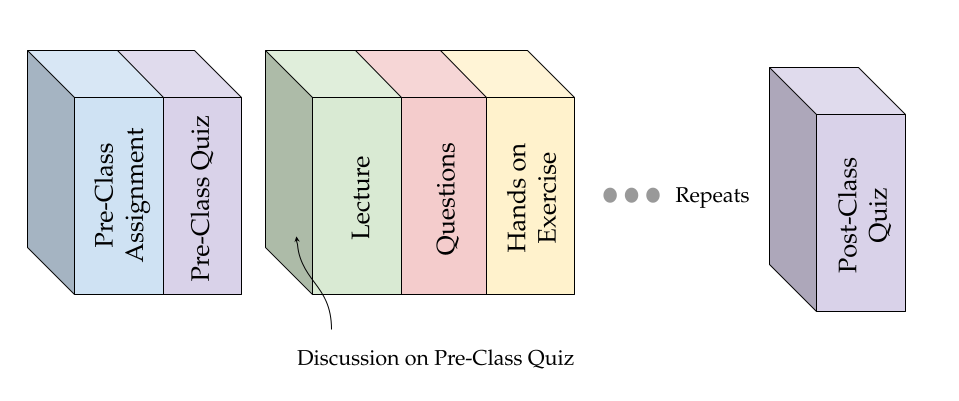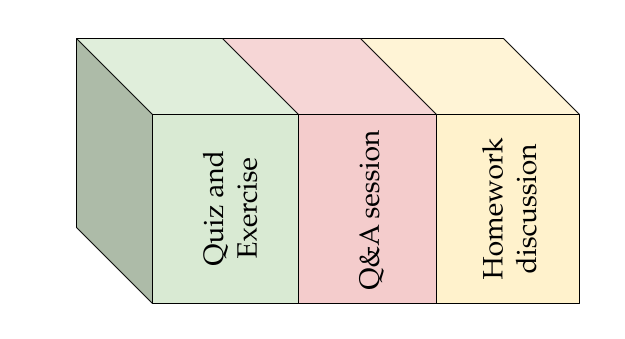Welcome to DS-2, a follow-up to our introductory course DS-1.
The objective of this module is to provide students with intuition and understanding of tree-based models and ensemble models. We also explore methods to open the black box in our models and work towards more interpretable frameworks. At the end of this course, you will understand the method of creating ensemble models and their benefits.
This page introduces you to the team, the basic instructions, the schedule, and various elements of our class.
The Team
Dr. Pavlos Protopapas

- Scientific Director of the Institute for Applied Computational Science (IACS).
- Teaches Introduction to Data Science (CS109a), Advanced Topics in Data Science (CS109b) and Advanced Practical Data Science (AC215).
- He is a leader in astrostatistics and he is excited about the new telescopes coming online in the next few years.
You can read more about him here.
Teaching Assistants
Click on avatars of the TAs to know more about them.




The Coursework
We have very carefully designed the coursework to give you, the student, a wholesome learning experience. Each week shall include:
- 2 Sessions
- 1 Lab
- Office hours
Session: What to expect

Before the session begins, students are expected to complete a pre-class reading assignment and attempt a quiz based on the same.
A session will have the following pedagogy layout which will be repeated three times:
- Approx. 10-15 minutes of live online instruction followed by a quiz
- Some sessions will have hands-on coding exercises or group activities
- Sessions will help students develop the intuition for the core concepts, provide the necessary mathematical background, and provide guidance on technical details.
- Sessions will be accompanied by relevant examples to clarify key concepts and techniques.
After the session, students are expected to complete a short post-class quiz based on the principal concepts covered in class and optional post-class reading will be provided.
Lab - What to expect

A lab is a TA driven one-hour session that is divided into 3 major parts.
- Each lab begins by solving parts of a complete problem. This problem is designed to help you with your homework and further elucidate concepts you learned in lecture.
- After discussing exercises, we will have a semi-formal Q/A session. The first part of this session is limited to homework questions, but the second part is more free-for-all, where you can ask any doubts that lingered over from lecture.
Course Content

The Class
High level course schedule

Lecture Sessions:
- Tuesday Series:
Session 1: 9:30 PM - 11:00 PM IST [11:00 AM - 12:30 PM EST]
Session 2 onwards: 8:30 PM - 10:00 PM IST [11:00 AM - 12:30 PM EST]
Lab Sessions:
- Wednesday Series:
9:30 PM - 11:00 PM IST
Office hours:
- Sundays:
8:30 PM - 9:30 PM IST
Diversity & Inclusion
We actively seek and welcome people of diverse identities, from across the spectrum of disciplines and methods since Artificial Intelligence (AI) increasingly mediates our social, cultural, economic, and political interactions [1].
We believe in creating and maintaining an inclusive learning environment where all members feel safe, respected, and capable of producing their best work.
We commit to an experience for all participants that is free from – Harassment, bullying, and discrimination which includes but is not limited to:
- Offensive comments related to age, race, religion, creed, color, gender (including transgender/gender identity/gender expression), sexual orientation, medical condition, physical or intellectual disability, pregnancy, or medical conditions, national origin or ancestry.
- Intimidation, personal attacks, harassment, unnecessary disruption of talks during any of the learning activities.
Reference:
[1] K. Stathoulopoulos and J. C. Mateos-Garcia, “Gender Diversity in AI Research,” SSRN Electronic Journal, 2019 [Online]. Available: http://dx.doi.org/10.2139/ssrn.3428240.
Logistics - What you need to begin?
We assume you have a Univ.AI account, created when you signed up at courses.univ.ai. If not, email programs@univ.ai.
Education software we use
- Our lectures and labs are carried out via Zoom (install instructions).
- Quizzes & exercises will be conducted on the digital learning platform Ed.
- Ocassionally, we may conduct in-class contests on kaggle. Please register on kaggle and familarize yourself with it, if you haven’t already done so. This is a short video that will help you learn how to use kaggle.
All exercises and homeworks in this course will be done in jupyter notebooks. This link will help you setup jupyter lab and get you acquianted with jupyter notebooks.
Our module policies around collaboration and grading are listed here. Our expectations of you are also laid out in that document.
Parting note
As you will learn in this course, data science is not just about writing efficient algorithms.
It requires proficiency in critical thinking, ideation & presentation, along with strong foundations in statistics, computer science & mathematics.
Keeping that in mind, you are adviced to give your full active attention to every session, homework & exercise.
We wish you best of luck for your data science journey.
